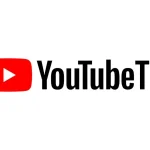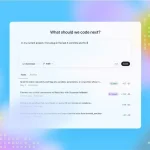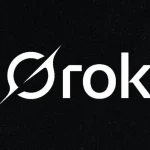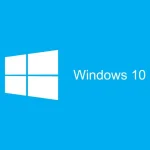2020 is (finally) in the rearview mirror. For many, it was a year for new ways of working and updated approaches to making sales.
But for others, it was the ideal time to investigate tried and true strategies. One such concept is outbound dialing, for sales and service. The benefits are clear in a time when stores are closed and customers are hesitant to return.
Outbound calls aren’t bad practice. True, many people associate them with nuisance calling. But outbound call centers are increasingly responsible for proactive customer service, as well as timely sales offers.
So take a look at how outbound calls – using a healthy dose of automation – are going to lift customer satisfaction and sales in 2021.
What are automated outbound calls
Outbound calling means that a business places a call to a customer.
There are several parts of the process that can automated:
- adding the recipient to a call list
- dialing the recipients number
- recycling contacts who didn’t pick up
What are the benefits of automated outbound calls?
There are quite a few occasions when you should place outbound calls.
Sales are often top of mind. This can be speculative, making cold calls to potential customers. Or, it can be more targeted.
The best people you can sell to are your existing customers. After all, you already know how to contact them, you have an iron-clad reason for calling, and they’re more likely to hear you out.
Outbound service is also very valuable. Retaining customers tends to have a better impact on the bottom line than acquiring new ones. With skilled agents, it doesn’t take much to keep customers on board.
How to create an outbound calling strategy
The vital first step is to make sure your various tools ‘talk’ to one another. That’s how you’ll bring customer data from your CRM to your auto dialer (for example).
That kind of communication usually means API integration. We won’t go into detail here… but imagine all of your systems becoming a single, connected system.
Outbound calls in customer support
First thing: this is a lot easier if you already use a blended contact center model. That allows your agents to switch between inbound and outbound calls based on need.
There are a lot of opportunities to use outbound calling in customer support. Successful contact center aim to reach certain groups of customers:
- Customers who tried to reach an inbound agent
- Customers who recently made large purchases
- New customers who may need additional onboarding support
- High value customers (for lots of reasons!)
You can see that some customers have tried and failed to get through to you. Some have reached you but didn’t get a resolution. Some haven’t contacted you at all – but they’re likely to at some point soon.
This is why the integrated systems are so important. You need them to automatically flag reasons for a call, as well as scheduling and placing the call.
For that, they need data. That includes open Helpdesk tickets, recent purchases, Customer Lifetime Value, contact attempts… there’s a lot of data and it’s all in different systems!
And don’t forget – any of these calls can become a sales call. There’s plenty of opportunity to meet issues that customers face with just the right product.
Outbound calls for customer retention
As we’ve discussed, keeping customers is at least as important as finding new ones – and probably more important.
Your competitors are always trying to tempt customers away, but outbound calls are one to combat this. Even in 2021, a little charm over the phone goes a very long way. The key is to build a sense of relationship with.
This is something you can auto-schedule especially easily. All it takes is an outbound call every 6-12 months to stay in touch with customers.
This works really well with new customers. They’re waiting to find out how attentive your business really is. Contacting them within the first 30 days of signing up shows them that you’re a customer-focused organization.
If you really want to supercharge this, integrate SMS marketing tools as well. That gives you the chance to let customers know that you’re calling, making it more likely you’ll get through. (It also shows that you respect their time, and gives them the chance to reschedule or opt out.)
We haven’t looked at any ‘new’ tech in this post. Nothing here is untested.
What we are looking at is an exciting new approach to using tools that you already have, and turning your contact center into an impressive CX hub for your business.
If you want to demonstrate the value of your business to customer, new and existing, you won’t find many better ways to do it. Phone calls are still the most personal way to reach people. Automating it makes that possible (and affordable) at scale.
This may be the best strategy you ever take to putting your customers first!
—
babelforce is a global cloud communications platform focused on No-Code integration and automation. It allows non-technical people to build even the most complex integrated processes for customer-facing teams, particularly in the call center.







